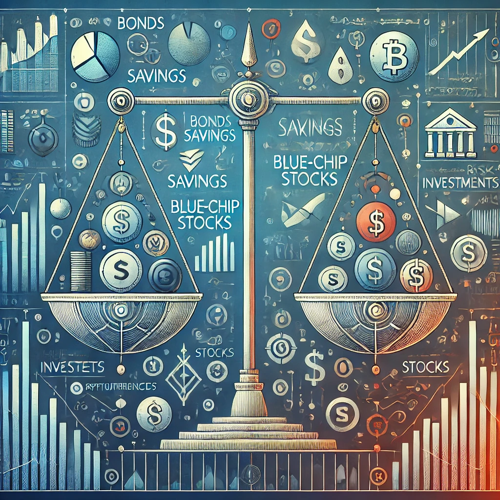What are Most Important Forex Terms Used in Market? Start Trading in Forex. Forex Education.
Forex Terms
Pip (Price Interest Point): The smallest unit of price change. It usually refers to the fourth decimal place.
Lot: A term used to describe the size of a trade in the Forex market. The standard lot is 100,000 units.
Spread: The difference between the bid and offer price. Brokers usually make money on the spread.
Stop Loss: Also known as a stop loss order. It ensures that the position is automatically closed at a certain price level.
Take Profit: Also known as a Take Profit order. It allows the position to be automatically closed at a certain profit level.
Margin: The minimum amount of margin required to open a position. It is usually expressed as a percentage of the trade size.
Leverage: This is a mechanism that allows you to trade in excess of the collateral deposited. For example, with a leverage ratio of 1:100, only 1 unit of margin may be required to open a position of 100 units.
Swap (Overnight Cost): It is the cost reflected in the account when open positions are carried at the end of a day. Swap may be reflected to the account in a positive or negative direction depending on the interest rates of the currency pairs in which the position is carried.
Liquidity: It refers to the ability of a financial product to be easily converted into cash. Liquidity in the forex market is usually high with the active participation of large banks and financial institutions.
Base Currency and Quote Currency: In a currency pair, the base currency is the currency unit being traded. The counter currency is valued against this unit.
Forex Indicators
Moving Averages: Indicators that show the average price over a given period of time. There are variations such as simple moving average (SMA) and exponential moving average (EMA).
RSI (Relative Strength Index): A momentum indicator that helps to identify overbought and oversold areas.
MACD (Moving Average Convergence Divergence): An indicator that measures the difference between moving averages and shows trend changes.
Bollinger Bands: An indicator that measures volatility and determines whether the price is high or low.
Stochastic Oscillator: A momentum indicator that shows where prices are relative to the last closing price.
Fibonacci Retracement: A tool used in technical analysis to identify support and resistance levels. It is based on the Fibonacci sequence of numbers.
Most Details in Forex for Beginner Traders – Forex Terms
Learn the Basics: It is important to learn how the forex market works, basic terms (pips, lots, spreads, leverage, etc.) and trading mechanisms.
Understand Technical and Fundamental Analysis: Understanding technical analysis tools (moving averages, RSI, MACD, etc.) and fundamental analysis factors (economic indicators, central bank policies, etc.) will help in predicting market movements.
Learn Risk Management: Learning to use risk management strategies such as stop-loss and take-profit is important to limit potential losses and protect profits.
Start with a Demo Account: Practising with demo accounts available on forex trading platforms is useful to experience the market and improve your strategies.
Start Small: It is important to test the market and your own psychology by starting with small amounts before trading with real money.
Educate yourself: Read books about the forex market, take advantage of online tutorials, attend seminars or get a mentor. Continuous learning and self-improvement is important.
Be Patient: Success in the forex market can take time. Be patient, avoid making emotional decisions and apply your strategies with discipline.
© 2024 BestForexHub, All Rights Reserved.


